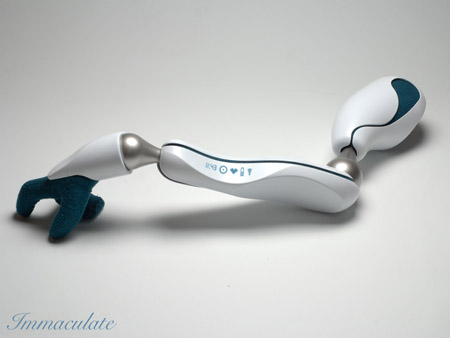What is your view on technology and how fast it is growing?
If you take a look at your surroundings, you’re bound to see a piece of
technology. From a digital clock to a high-functioning laptop, technology is
very much involved in our everyday lives. How far has technology advanced
though and will it continue to improve? I say that we have only seen a glimpse
of what technology can really do.
When
the first computer came out decades ago it took up an entire room and had the
functions of a modern day dollar store battery. When the first mobile phone
came out years ago, it was the size of brick, but after just a few years we now
have phones that are almost paper-thin. Yes, the list of how much technology
has changed and improved is a long one indeed, and the great thing about it all
is that it keeps breaking the boundaries. Even when you think something has
reached the best it can be whether it’s the newest operating system or the
graphic qualities that a video game can provide, technology will always
overtake their previous designs, given an adequate amount of time.
With
the way technology has progressed, it has become a crutch for us without us
even realizing it. Many individuals would find it hard to do daily activities
if they were stripped of their current technology. An architect who only
specialized in designing buildings via a computer program might find their work
stagnant if the program was taken from them and they were told to finish a
building design using a pencil and paper, what would have taken an hour to
complete might now take day to finish. We are not dependent on technology
though, it helps further us. We’ve been able to explore areas that had been in
the dark for years (top of mountains, underwater depths, space). We’re
constantly making smarter technology as well such as the google self-driving
car that will take us securely from point A to point B.
Before you
know it, technology that is shown in hit tv shows and movie will become a
reality. A fully-functioning Millennium Falcon from “Star Wars” could be built
in a few years; technology such as teleportation is currently being studied in
Japan who knows what the technological will be like in a few years. One thing
that will remain consistent is the easy to use user interface. No matter how
much technology advance, it would be pointless if a regular consumer is unable
to use it. Technology is meant to evolve around us, no point in making a
high-processing computer if the regular everyday user is unable to work around
it. The day technology stops growing is when we ourselves are unable to keep up
with it, which will never happen.





